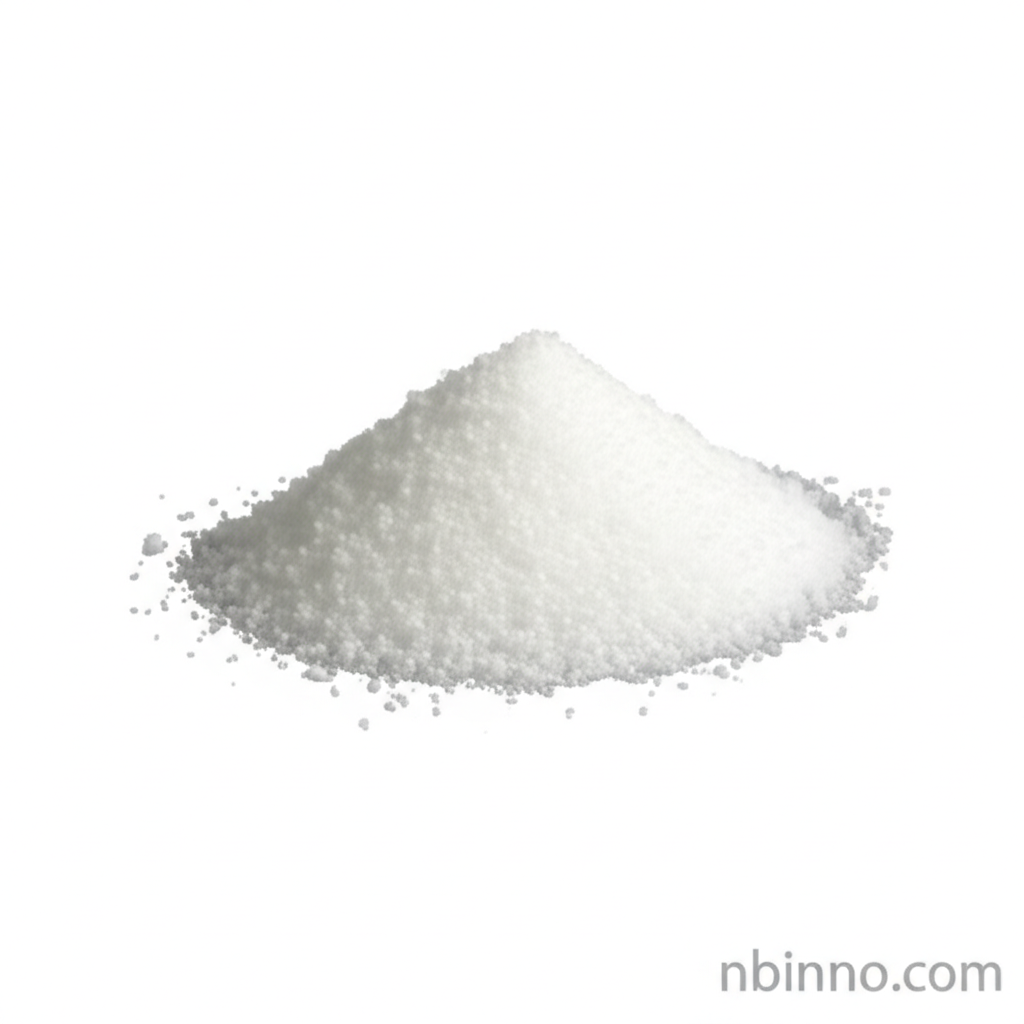2-(2-Thienyl)ethyl Toluene-p-Sulphonate: A Key Intermediate for Pharmaceutical Innovation
Unlocking advanced synthesis pathways for neurological drugs and functional materials with a versatile chemical building block.
Get a Quote & SampleProduct Core Value

2-(2-Thienyl)ethyl Toluene-p-Sulphonate
This specialized organic compound is primarily utilized as a key intermediate in pharmaceutical synthesis and materials science. Its unique structure, featuring both sulfonate and thienyl groups, makes it invaluable for developing active pharmaceutical ingredients (APIs), particularly those targeting the central nervous system (CNS). It also serves as a monomer for creating conductive materials and functionalized polymers with optoelectronic properties.
- As a key intermediate in Rotigotine synthesis, this compound plays a crucial role in the development of treatments for Parkinson's disease, enabling precise alkylation.
- It is recognized as Clopidogrel Impurity 32, highlighting its importance in the impurity profile management of antiplatelet medications, crucial for cardiovascular disease therapy.
- The compound acts as a valuable scaffold for thienyl-based pharmacophore development, offering unique electronic properties that enhance drug-target interactions in neurological disorders.
- It enables chirality induction in neuroactive compound synthesis, utilizing its tosylate functionality for highly stereoselective nucleophilic substitution reactions essential for enantiopure pharmaceuticals.
Key Advantages
Enhanced Reactivity and Selectivity
Leveraging nucleophilic substitution reactions of sulfonates, this compound facilitates efficient synthesis of complex molecules with tailored properties, crucial for drug discovery.
Versatile Thienyl Scaffold
The role of thiophene in drug design is amplified by this intermediate, offering favorable electronic properties and contributing to improved binding affinities for various biological targets.
Process Optimization Potential
Advanced organic synthesis techniques, including phase transfer catalysis, are employed for its synthesis, leading to high yields and purity, critical for pharmaceutical manufacturing.
Key Applications
Pharmaceutical Synthesis
As a vital building block in the API synthesis pathways, it's used to create complex molecules for treating neurological conditions, significantly contributing to drug development.
Materials Science
Its use as a monomer for conductive polymers opens avenues for creating advanced materials with specific optoelectronic properties, relevant in electronics and energy sectors.
Drug Discovery Research
Researchers employ this compound in exploring new therapeutic agents, leveraging its structural features for thienyl-based drug development and understanding structure-activity relationships.
Fine Chemical Manufacturing
It serves as a critical component in the fine chemical manufacturing industry, supporting the production of high-purity intermediates essential for various specialized applications.
